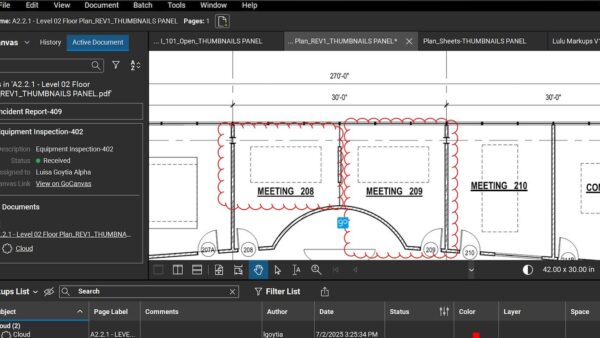Many public sector clients have issued Level 2 requirements, but the relative inexperience of large parts of the supply chain leaves uncertainty as to how it will be implemented on projects – and against which criteria its success will be judged.
The BIM+ interviews as part of the research of our white paper also revealed that many public sector clients had plans to mandate Level 2 on projects from April, but to varying degrees they anticipated shortfalls in industry capacity.
Nigel Midmer, framework manager for the Southern Construction Framework at Hampshire County Council, comments: “We are ready for April. Where projects require Level 2, all contractors will be asked to deliver it. The challenge is that everyone has woken up now to try to deliver Level 2, therefore the mandate date is where people are starting from. There are people who know how to implement it, but for the majority… using collaborative information is a longer journey than was first anticipated.”
The Environment Agency has already stipulated that all consultants and contractors in Lot 3 (engineering services) and Lot 4 (asset delivery) of its Water and Environment Management framework (which runs from 2013-17) must be compliant with Level 2 or they will be disqualified. On its minor work frameworks, BIM requirements will be introduced at the next stage of framework renewal.
Karen Alford, BIM and GSL programme manager at the Environment Agency, comments: “From April we will see a process of bedding in. Having passed the hurdle of the basic EIR, we are going through BIM Execution Plan responses from suppliers and beginning to discover some of the complications.
“We are a bit ahead of the game and hoping that, with more clients asking for Level 2, firms will really get themselves into gear and realise that this is not just a requirement from one customer, but a group of customers asking for information in a consistent way.”
Steve Massey, supply chain development officer, Sandwell Metropolitan Borough Council, says: “There are those that immediately see the benefits of doing it and those that are struggling. If suppliers want to supply one of our projects from April 2016 they will need to have capability to exchange data with us and access our public viewing BIM models and platforms to exchange data and drawings with us.”
Read related article
Who will actually be implementing the mandate?
To tackle this shortfall, Sandwell has set up a BIM learning framework that includes a team of BIM consultants who deliver a coaching programme of BIM awareness workshops and masterclasses in the council’s own BIM technologies suite.
But Sandwell is likely to be an “outlier” on BIM training capacity. For instance, Terry Gough, BIM Champion for Peterborough and Stamford NHS Foundation Trust, says the Level 2 journey is likely to take five to seven years, before the whole industry, including consultants and contractors, manufacturers and supply chain SMEs fully understand what it means.
Gough says: “Come 4 April, the government is effectively saying, we’re there, we’re all at Level 2, but in reality there are lots of companies who haven’t even reached Level 1.”
George Mokhtar, BIM associate and associate director at Turner & Townsend, says that the supply chain may not feel the impact of the mandate immediately, but its effect will ramp up inexorably.
“There is so much going on it will be a while before BIM becomes the norm for absolutely everyone, but for the best part of the industry, if it hasn’t become the norm by now people are being left behind.
“BIM has been an advantage for the last two to three years, but after this year it will become a disadvantage not to do BIM. From a designer’s perspective you are almost ruling yourself out of every project right now if you don’t use it, regardless of the size of project. Many of our clients are mandating BIM for all of their projects.”
It’s noticeable that most private sector clients saw the mandate as a positive move and expected to reap the benefits as firms they work with move to comply with Level 2 for government work.
Matthew Richardson, architect and project designer, McCarthy & Stone south west region, says: “The mandate has given everyone the kick they needed to push them into using the software, which lays the foundations for every major developer to tap into. It has also educated designers into new ways of working.”
And Mokhtar also believes that the BIM mandate will drive change in the private sector as much as in publicly funded work – and even spread its influence beyond the construction sector.
“Since the mandate was announced we expected to pick up a lot of government work, but instead we saw private sector interest rapidly escalate. We’re working on a lot of property projects in London, including high-end residential, commercial and leisure projects, data centres in Europe and the US and some HQs for large global technology clients.
“We’re seeing a lot of infrastructure work, particularly airports, such as Abu Dhabi Airport’s Midfield Terminal building, the sixth largest building in the world.
“We’ve started working with some mining and metals organisations, which is a bit of a first and it’s interesting that BIM is now mature enough that it can start helping some of these other sectors.”














